There’s chocolate—and then there’s chocolate that changes your entire idea of dessert. From the silky, cloud-like mousse served in Belgium to rich molten lava cakes in France and sweet, chewy brigadeiros enjoyed at Brazilian celebrations, chocolate has a way of turning simple ingredients into life-altering experiences. No matter where you are in the world, chocolate brings joy, comfort, and a little touch of indulgent magic—and some desserts take that magic to a whole new level.
These are the chocolate creations that have become legendary. They’re not just delicious—they’re cultural icons, culinary feats, and flavor-packed memories waiting to happen. Some have been passed down through generations, like Austria’s Sachertorte or Italy’s flourless Torta Caprese. Others are newer but no less unforgettable, like Dubai’s viral chocolate pistachio pastries or Japan’s impossibly smooth nama chocolate. What they all share is the power to stop you in your tracks after just one bite.
This list isn’t about the basic brownies or everyday candy bars you can find anywhere. It’s about the once-in-a-lifetime treats that food lovers dream about. These 15 chocolate desserts are worth tracking down, baking from scratch, or even planning a vacation around. They’re rich, unique, and unforgettable—not just because they taste amazing, but because they offer a taste of something greater: tradition, creativity, and a little culinary wonder.
So if you’re a chocolate lover (or even just chocolate-curious), let this be your sweet guide to the most decadent, luxurious, and downright drool-worthy desserts the world has to offer. Trust us—these are the chocolate treats everyone should try at least once in their life.
1. Belgian Chocolate Mousse
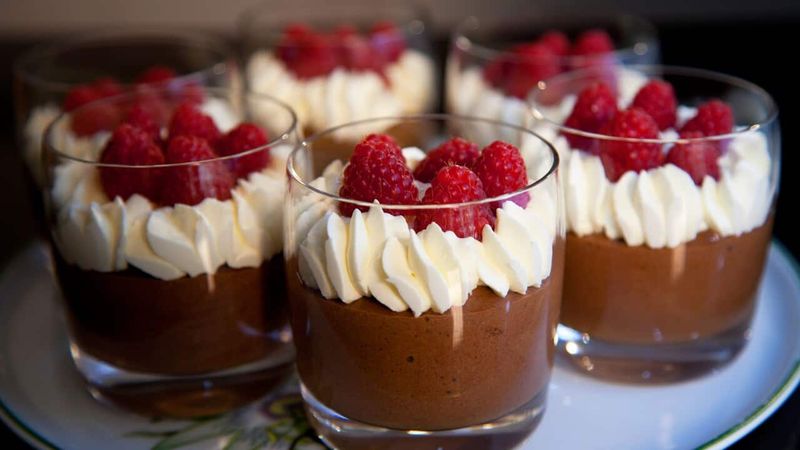
The first spoonful of authentic Belgian chocolate mousse feels like floating on a cloud. This airy creation transforms premium Belgian chocolate into a velvety dream that practically dissolves on your tongue.
What makes it extraordinary is the careful technique of folding whipped cream or egg whites into melted chocolate, creating tiny air bubbles that give the mousse its signature lightness. No heavy or dense texture here!
Belgian chocolatiers often add their own twist – perhaps a hint of liqueur or a secret ratio of dark to milk chocolate – making each version a unique expression of chocolate artistry.
2. French Opera Cake
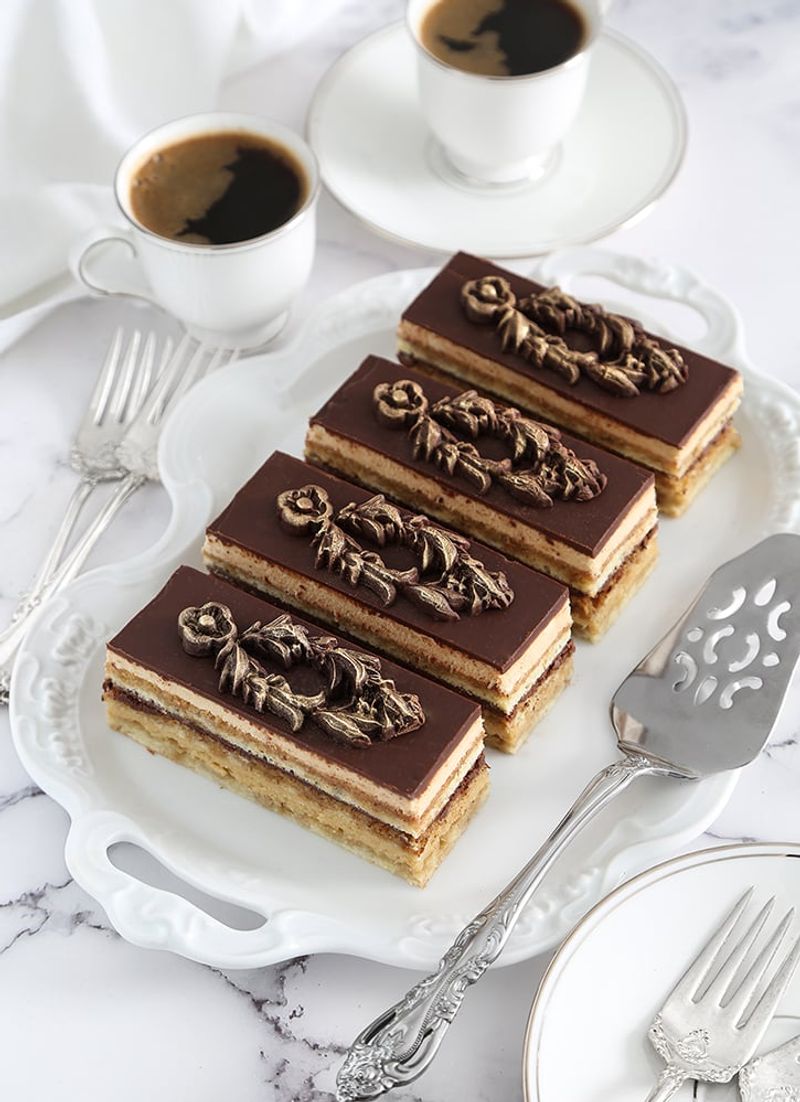
Slicing into a French Opera Cake reveals its breathtaking architecture – thin layers of almond sponge soaked in coffee syrup, alternating with chocolate ganache and coffee buttercream, all crowned with a glossy chocolate glaze.
Each bite delivers a perfect harmony of textures and flavors: the slight crunch of the cake, the silky smoothness of the fillings, and the bold notes of chocolate and coffee dancing together. The name “Opera” suits this dessert perfectly – it’s a performance of flavors!
Created in Paris during the 1950s, this elegant pastry requires patience and precision, making it a true labor of love.
3. Italian Tartufo

Hidden treasures await inside Italian Tartufo – the moment your spoon breaks through the cocoa-dusted chocolate shell to reveal creamy gelato and a surprise center is pure joy. Originally from Calabria, this frozen treat resembles the expensive truffles it’s named after.
Traditionally, two gelato flavors (often chocolate and vanilla or hazelnut) encase a cherry or nut center, then get sealed in a chocolate shell. The contrasting temperatures and textures create an extraordinary sensory experience.
Served semi-frozen, Tartufo softens slightly as you eat, allowing the flavors to bloom fully on your palate – a perfect ending to an Italian feast.
4. Mexican Chocolate Tamales
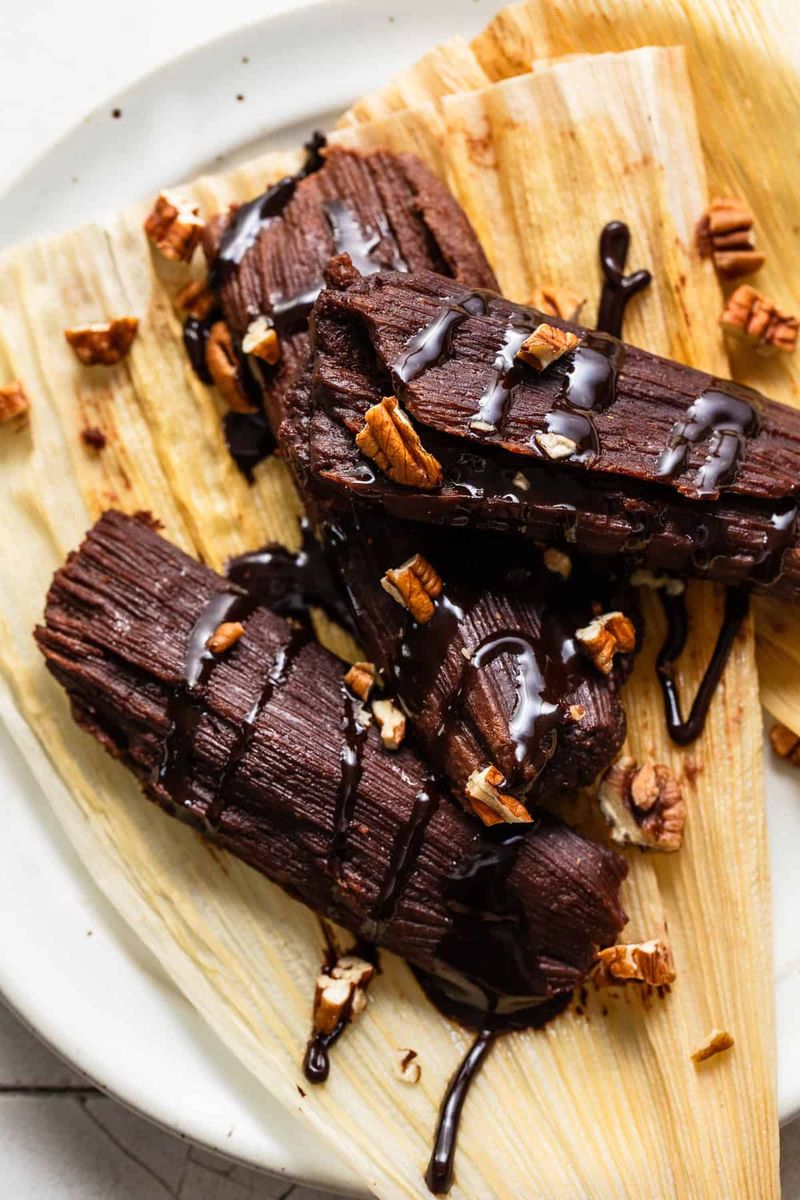
Unwrapping a Mexican Chocolate Tamale feels like opening a fragrant gift. The steamy aroma of cinnamon-spiced chocolate escapes as you peel back the corn husk, revealing a warm, tender masa cake infused with rich chocolate.
Unlike their savory cousins, these sweet tamales balance earthy chocolate with warming spices like cinnamon, sometimes with a hint of chili for a subtle heat that honors chocolate’s ancient Aztec roots. The corn masa provides a unique, slightly grainy texture that complements the chocolate perfectly.
Families often make these together during holidays, with recipes passed down through generations, making each bite a connection to Mexican culinary heritage.
5. American Mississippi Mud Pie
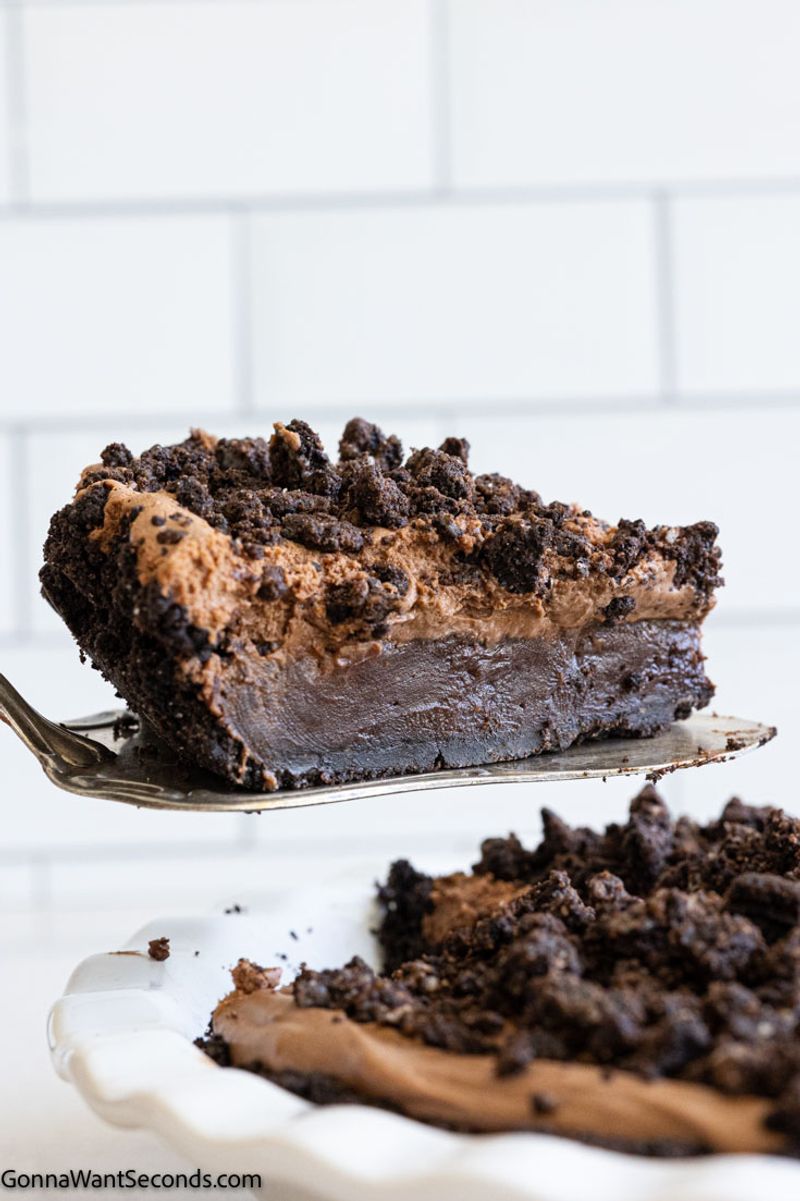
Take one bite of Mississippi Mud Pie and you’ll understand why it’s named after the mighty river’s famously rich soil. This indulgent American classic starts with a crumbly chocolate cookie crust that gives way to a gooey, fudgy filling that’s almost pudding-like in texture.
Crowned with clouds of freshly whipped cream and chocolate shavings, this pie doesn’t pretend to be sophisticated – it’s unapologetically decadent comfort food. The contrast between the crunchy crust and silky filling creates a textural wonderland.
Born in the American South, this pie has become a staple at family gatherings where serving sizes are generous and second helpings are encouraged.
6. Austrian Sachertorte
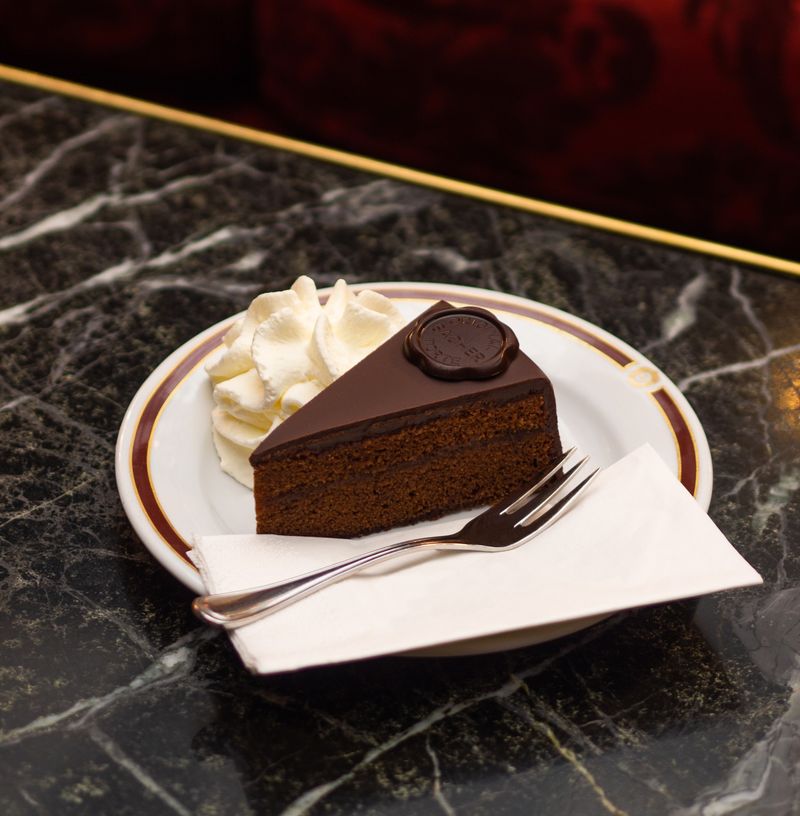
The Sachertorte carries the weight of history in each precise layer. Created in 1832 by Franz Sacher for Prince Metternich of Austria, this cake represents Viennese pastry tradition at its finest.
The chocolate sponge cake achieves a remarkable balance – neither too sweet nor too dry – while a thin layer of apricot jam adds unexpected brightness against the rich chocolate. The crowning glory is the mirror-like chocolate glaze, so smooth you can practically see your reflection.
Traditionally served with unsweetened whipped cream (called Schlagobers), this elegant torte demonstrates how restraint can create more profound flavor than excess. Every Viennese café claims to serve the most authentic version.
7. Swiss Chocolate Fondue
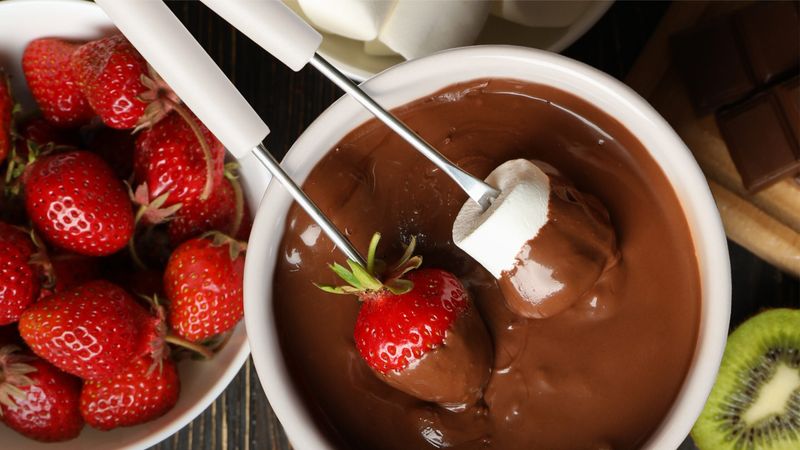
Gathering around a pot of bubbling Swiss chocolate fondue transforms dessert into a social experience. The ritual of spearing fresh strawberries, banana slices, or marshmallows and swirling them through molten chocolate creates moments of shared delight.
The secret to exceptional fondue lies in the quality of Swiss chocolate used – typically a mixture of dark and milk varieties melted with heavy cream and a splash of kirsch (cherry brandy). The ceramic pot keeps the chocolate at the perfect temperature, neither too hot nor too cool.
Something magical happens when friends dip and chat around the communal pot, making this more than just a dessert – it’s an event.
8. Spanish Chocolate Churros
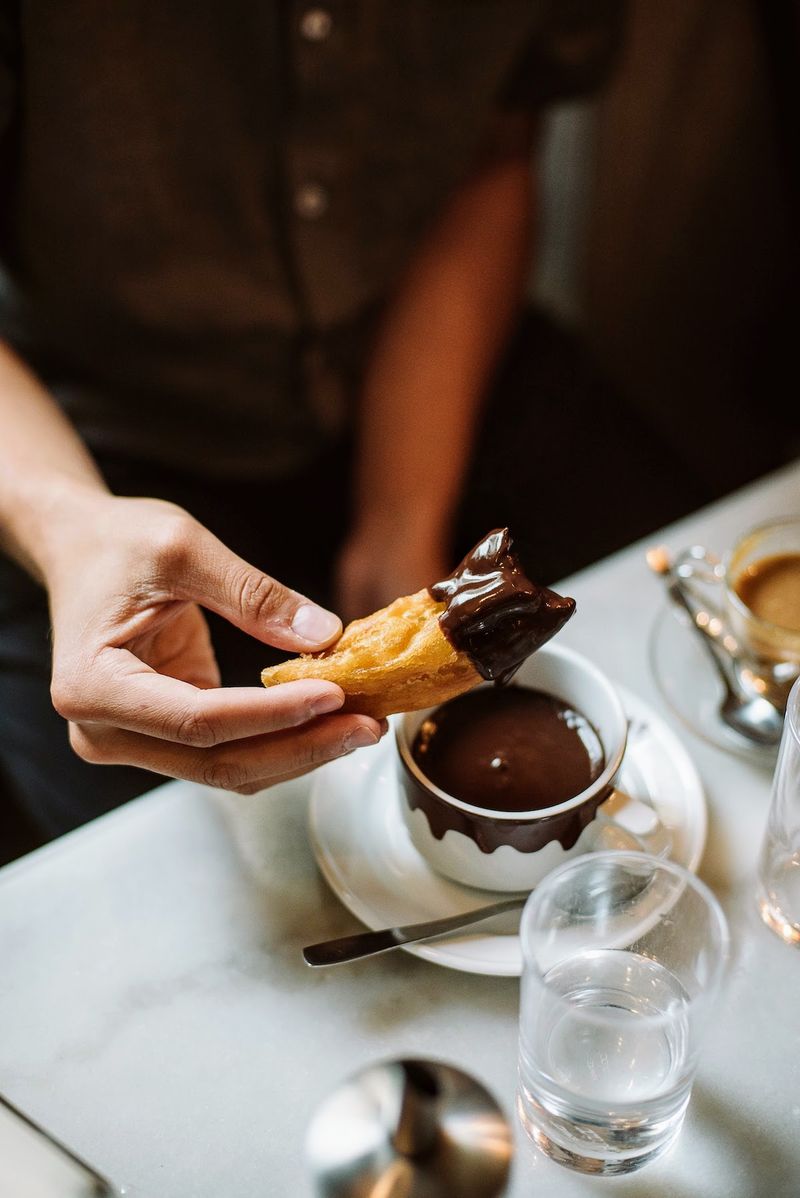
Morning light streams through Madrid café windows as locals dip ridged churros into cups of thick, dark chocolate. This isn’t just breakfast – it’s a centuries-old Spanish ritual that turns ordinary mornings into celebrations.
The churros themselves are simple – just fried dough dusted with sugar – but their ridged shape captures the perfect amount of chocolate with each dip. The accompanying chocolate isn’t thin hot cocoa but a rich, almost pudding-like sauce that clings beautifully to the warm pastry.
After late nights dancing through Spanish streets, nothing restores the soul quite like this combination of crispy, warm churros and intense chocolate comfort.
9. Japanese Nama Chocolate
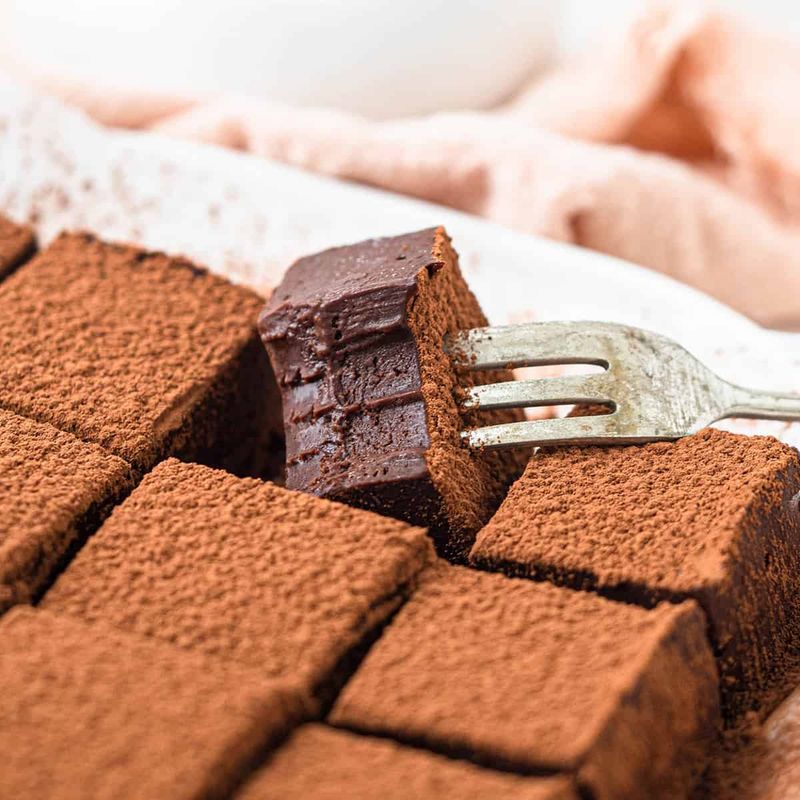
Nama chocolate showcases Japan’s gift for refinement and precision. These small, perfect squares melt instantly on your tongue, releasing a flavor so pure it feels like experiencing chocolate for the first time.
“Nama” means “raw” or “fresh” in Japanese, referring to the fresh cream that gives these truffles their signature smooth texture. Typically made with high-quality dark chocolate and dusted with cocoa powder, each piece comes individually wrapped like a precious jewel.
Popular as gifts during Valentine’s Day in Japan, these chocolates embody thoughtfulness and care. Their subtle sweetness and velvety texture demonstrate how Japanese culinary philosophy transforms even Western treats into something uniquely elegant.
10. Brazilian Brigadeiros
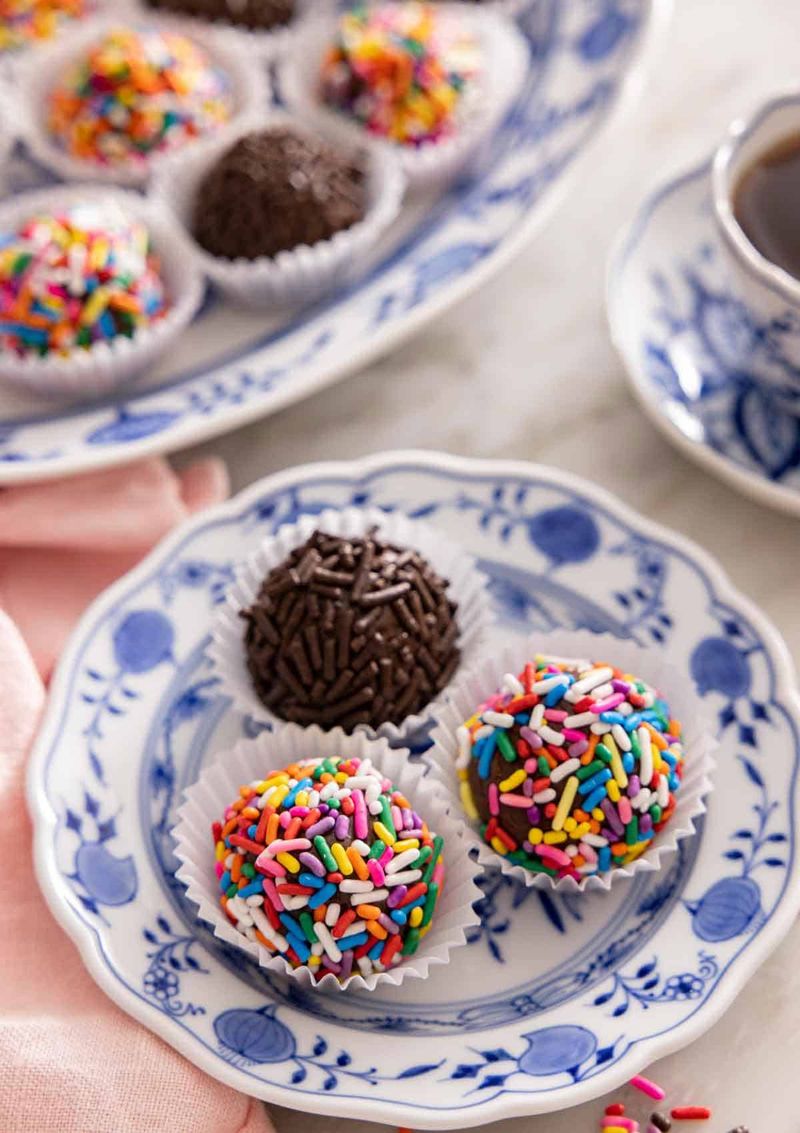
Rolling a warm brigadeiro mixture between your palms and watching it pick up colorful sprinkles is half the fun of this beloved Brazilian treat. These fudgy chocolate truffles appear at virtually every celebration in Brazil, from children’s birthday parties to elegant weddings.
Made by slowly cooking condensed milk with cocoa powder and butter until thick, the mixture transforms into malleable chocolate magic. The classic version wears a coat of chocolate sprinkles, but modern variations might feature nuts, coconut, or even edible gold.
Named after a 1940s Brazilian politician whose campaign inspired their creation, brigadeiros represent national pride in sweet form – simple ingredients transformed into something extraordinary.
11. Dubai Chocolate
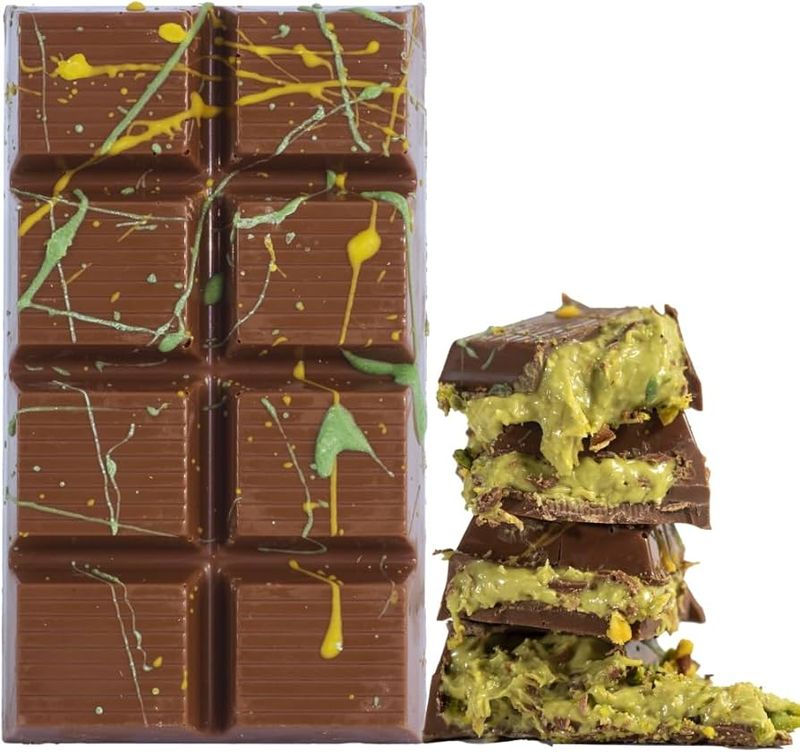
Gold dust catches the light as you bite into a piece of Dubai Chocolate, revealing layers of pistachio cream and crispy kataifi pastry beneath a shell of premium milk chocolate. This modern creation captures the essence of Dubai itself – traditional Middle Eastern ingredients reimagined with contemporary luxury.
Born from social media fame, these chocolates blend the region’s love of pistachios and delicate pastry with European chocolate craftsmanship. The textural contrast between smooth chocolate, creamy filling, and crunchy pastry creates an unforgettable sensory experience.
Often packaged in gold-embossed boxes, these treats have become popular souvenirs that represent Dubai’s unique position between tradition and innovation.
12. Argentinian Chocotorta
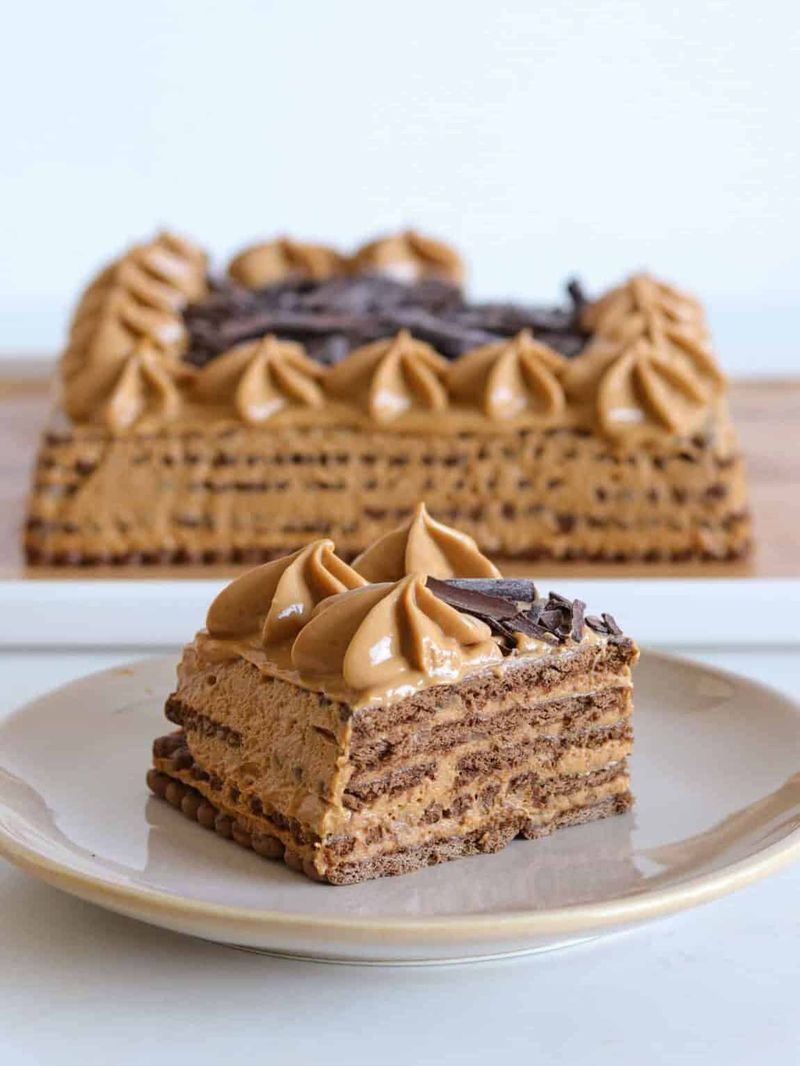
Family gatherings in Argentina often feature Chocotorta, a no-bake wonder that proves incredible desserts don’t require an oven. This beloved creation transforms simple ingredients – chocolate cookies, cream cheese, dulce de leche, and coffee – into something greater than their sum.
Layer by layer, cookies soaked in coffee soften into cake-like texture while absorbing the coffee’s richness. Between these layers, a mixture of cream cheese and dulce de leche creates a filling that’s tangy, sweet, and utterly irresistible.
Children learn to make this dessert alongside grandmothers, ensuring the tradition continues. Its appeal crosses generations – sophisticated enough for adults yet playful enough for kids.
13. French Molten Chocolate Cake
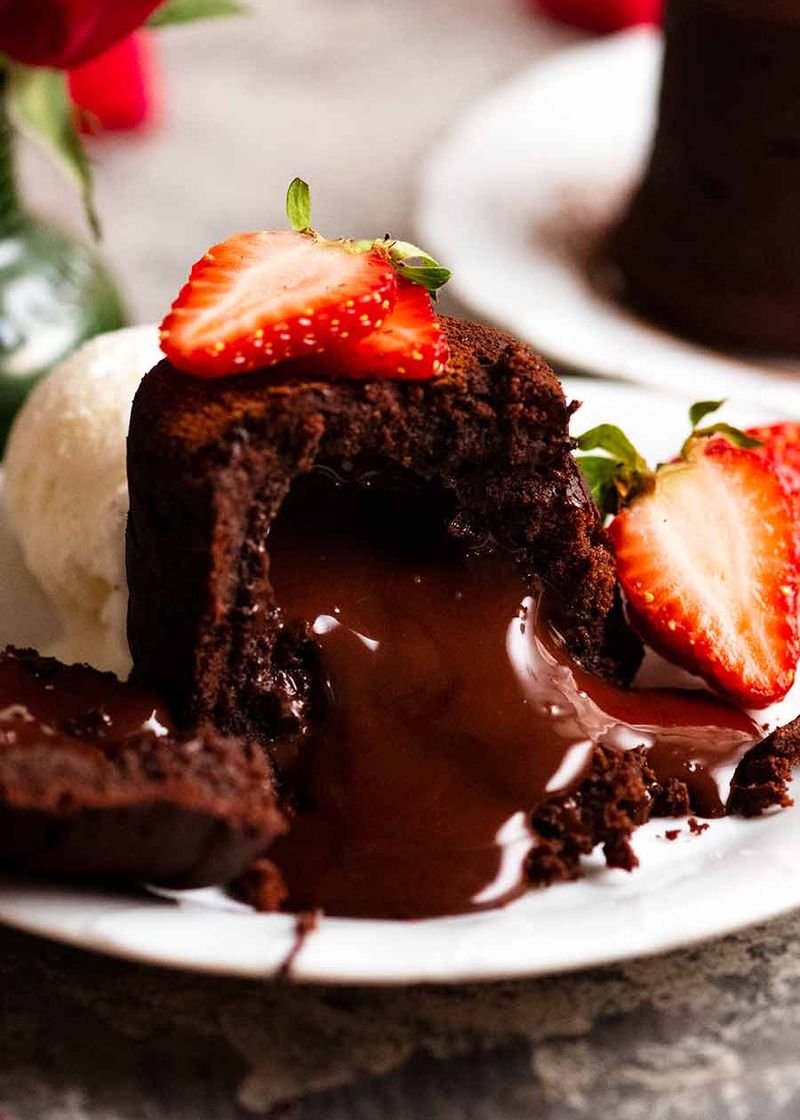
The dramatic moment when a spoon breaks through the exterior of a molten chocolate cake never loses its magic. The cake’s surface gives way, releasing a river of warm chocolate that transforms a simple dessert into theater.
Chef Jean-Georges Vongerichten claims to have invented this dessert by accident in 1987 when he pulled a chocolate cake from the oven too soon. This delicious mistake creates two distinct textures in one dessert – a tender cake exterior protecting a silky chocolate center that flows like lava.
Restaurants worldwide now feature versions of this dessert, often paired with cold vanilla ice cream to create the perfect temperature contrast against the warm chocolate flow.
14. German Black Forest Cake
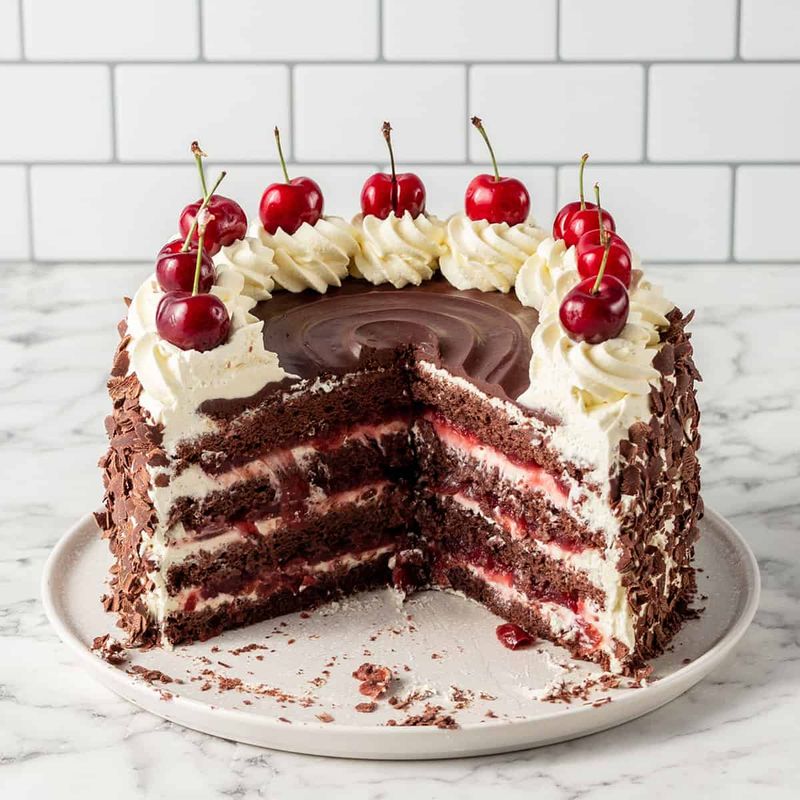
Standing tall and proud, a slice of Black Forest Cake (Schwarzwälder Kirschtorte) showcases dramatic layers of chocolate sponge, whipped cream, and cherries soaked in Kirsch liqueur. This cake captures the essence of Germany’s Black Forest region, where cherry trees flourish and cherry brandy has been produced for centuries.
The combination creates perfect harmony – rich chocolate cake layers provide structure, tart cherries cut through the sweetness, and clouds of whipped cream add lightness. Chocolate shavings cascade down the sides, hinting at the forest’s darkness.
Traditional bakers insist on using sour cherries rather than sweet ones, creating a sophisticated flavor profile that appeals to adult palates.
15. Italian Torta Caprese
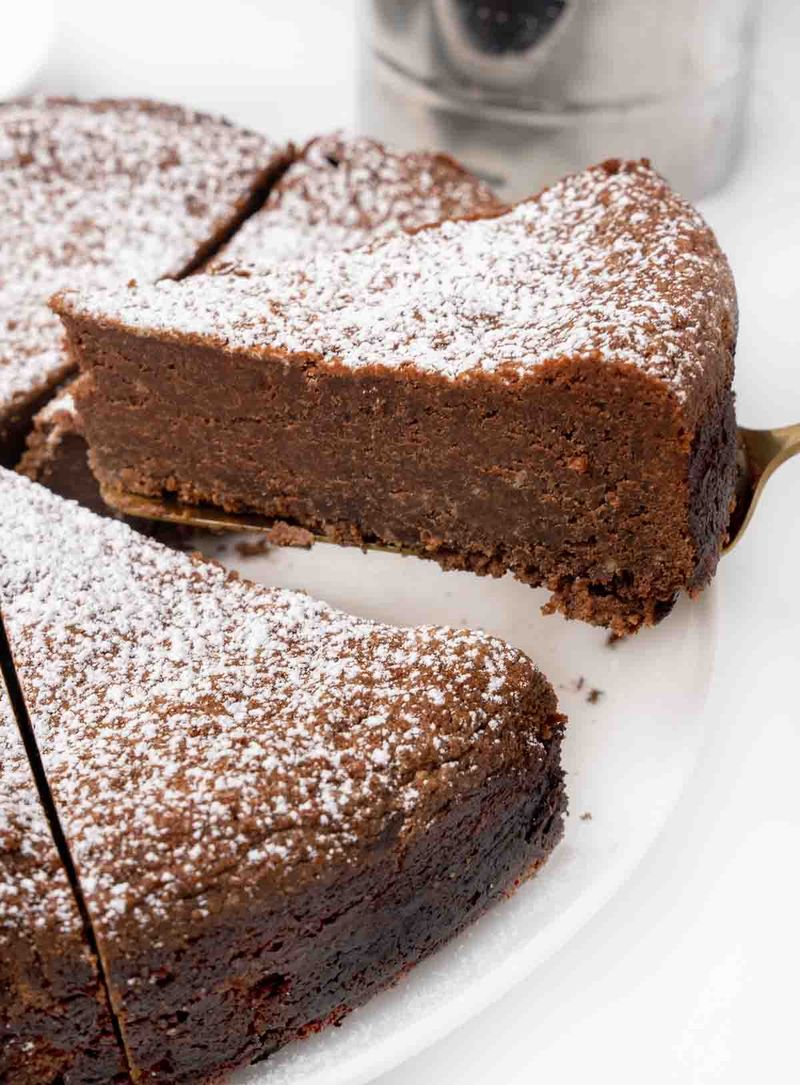
Simplicity reigns supreme in Torta Caprese, a flourless chocolate cake born on the sun-drenched isle of Capri. Legend says it was created by accident when a chef forgot to add flour to chocolate cake batter – proving some mistakes are destined for greatness.
Ground almonds replace flour, creating a dense, moist texture that intensifies the chocolate flavor while adding subtle nuttiness. The cake’s slightly crackled top gives way to a fudgy interior that sits somewhere between cake and brownie – rich without being overwhelmingly sweet.
Naturally gluten-free before that was fashionable, this rustic cake needs nothing more than a light dusting of powdered sugar and perhaps a dollop of whipped cream.
Leave a comment